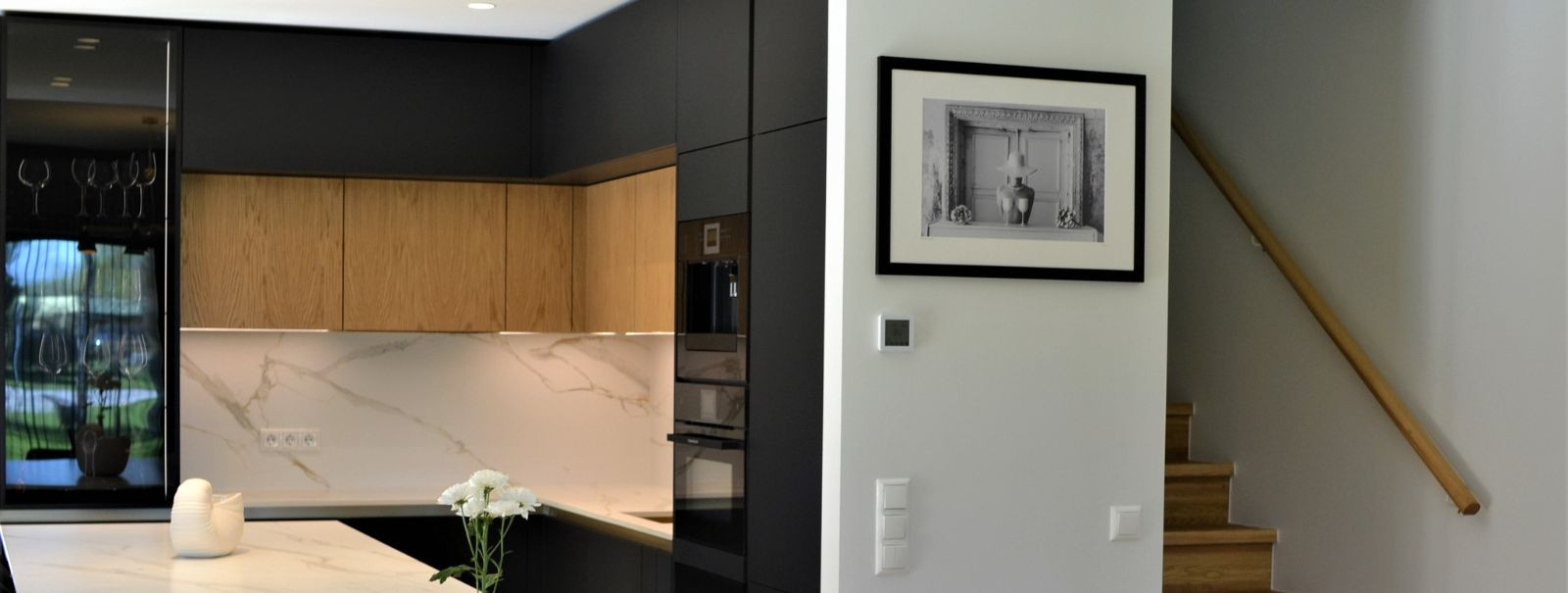The importance of sustainable materials in design
Sustainable materials are those that provide environmental, social, and economic benefits while protecting public health and the environment over their whole life cycle, from the extraction of raw materials until the final disposal.
The design industry is increasingly recognizing the importance of sustainability. As we face global environmental challenges, the choice of materials in design projects becomes critical. Sustainable materials can help reduce the environmental footprint of our buildings and interiors, contributing to a healthier planet.
The Environmental Impact of Traditional Materials
Traditional building materials like concrete, steel, and plastic have a significant carbon footprint due to their energy-intensive production processes. The use of these materials contributes to greenhouse gas emissions, which are a leading cause of climate change.
Many conventional materials are non-renewable and deplete finite resources. Additionally, the waste generated during the manufacturing and end-of-life stages can have detrimental environmental effects.
Benefits of Using Sustainable Materials in Design
Choosing sustainable materials can lead to a reduction in carbon emissions, conservation of natural resources, and a decrease in waste. This responsible choice supports biodiversity and helps maintain ecological balance.
Using sustainable materials can also have economic benefits. They can reduce energy costs, create green jobs, and potentially increase property values due to the growing demand for eco-friendly buildings.
Materials that are non-toxic and have low volatile organic compound (VOC) emissions can improve indoor air quality and reduce health risks for occupants.
Types of Sustainable Materials for Design
Recycled materials are repurposed from previous uses, while upcycled materials are waste products turned into higher quality items. Both approaches prevent materials from ending up in landfills and reduce the need for new resources.
Natural materials such as bamboo, cork, and wool are renewable and have a lower environmental impact compared to synthetic alternatives.
Materials sourced locally reduce transportation emissions and support the local economy, further contributing to sustainability goals.
Implementing Sustainable Materials in Interior Design
Designers must evaluate materials based on their sustainability credentials, considering factors such as energy consumption, life cycle, and recyclability.
Strategies include using modular designs that allow for easy disassembly, choosing materials with a longer lifespan, and incorporating elements that can be easily recycled or repurposed.
Challenges and Considerations
While the cost of sustainable materials can be higher initially, long-term savings and environmental paybacks can offset this. Availability can also be a challenge, but as demand increases, so does the supply chain.
There is a need to educate both the industry and consumers about the benefits of sustainable materials to shift perceptions and increase adoption.
Designers and builders must navigate a complex landscape of regulations and certifications related to sustainability, which can be a barrier to implementation.
The Future of Sustainable Materials in Design
Advancements in technology are leading to the development of new sustainable materials with improved performance and aesthetics.
As policies evolve to support sustainability, and industry trends move towards green building practices, the use of sustainable materials is set to become the norm in design.






Comments (0)